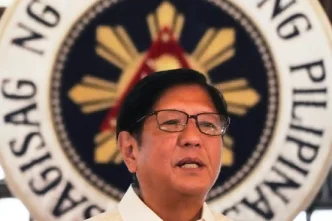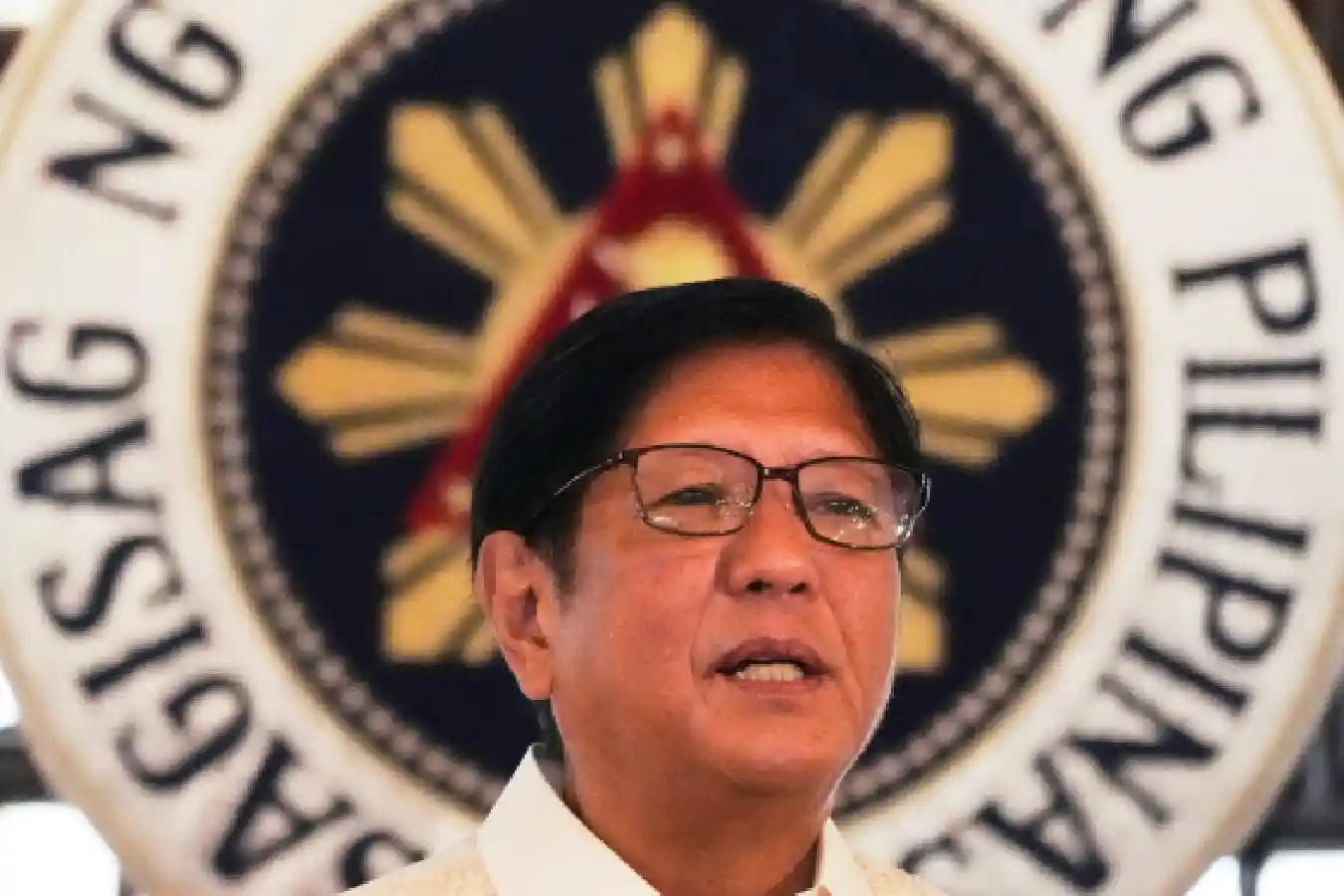In a sweeping move that has sent ripples through Philippine politics, President Ferdinand “Bongbong” Marcos Jr. has initiated a major cabinet revamp, accompanied by a bureaucratic purge that sees over 5,000 presidential appointees ordered to submit courtesy resignations. Announced in the wake of a disappointing midterm election performance on May 12, 2025, this dramatic restructuring has ignited fierce debate over whether it represents a genuine push for reform or a strategic consolidation of power. As the administration grapples with internal discord and external threats, the stakes for Philippine democracy have rarely been higher.
A Bureaucratic Shake-Up with Deep Implications
The scale of the ongoing purge is staggering. With thousands of agency heads—many appointed following endorsements from the UNITEAM coalition and influential blocs like the Iglesia Ni Cristo during the 2022 elections—now facing potential dismissal, the move signals a profound shift in the administration’s approach to governance. While the official narrative frames this as a necessary step to root out inefficiency and corruption, critics argue it may serve as a loyalty test, targeting those perceived as disloyal or aligned with political adversaries, including Vice President Sara Duterte.
Historically, such sweeping changes in Philippine politics have often been tools for consolidating control. Past leaders have used similar purges to replace officials with loyalists, strengthening their grip on key institutions. While there is no concrete evidence to suggest that Marcos intends to follow this path, the timing—coming after a midterm election that exposed vulnerabilities in his administration—raises questions about the true motivations behind the revamp. If confirmed as a move to sideline opposition, it could reshape the political landscape in ways that limit democratic accountability.
The administration’s silence on specific targets or criteria for the resignations adds to the uncertainty. Palace insiders suggest that Marcos remains committed to reform, but public skepticism persists. As one political analyst noted, “The lack of transparency in this process risks fueling perceptions of a power grab rather than a cleanup” (Philippine Daily Inquirer, May 25, 2025). For now, the Filipino public watches closely, waiting to see whether this purge will deliver on promises of accountability or deepen divisions within the government.
Midterm Election Fallout: A Catalyst for Change?
The midterm elections, held on May 12, 2025, delivered a sobering verdict on the Marcos administration’s performance. Poor results have emboldened opposition forces and sparked internal blame-shifting, with fingers pointed at key figures such as national campaign manager Toby Tiangco and Presidential Assistant for Mindanao Antonio Lagdameo. The administration’s failure to counter the dominance of Duterte supporters and other opposition groups on social media platforms has been widely criticized as a strategic misstep that cost crucial votes.
During the campaign, the administration struggled to maintain a coherent digital presence. Last year’s effective social media campaigns against Vice President Sara Duterte, which gained traction during House impeachment probes, were notably absent in the lead-up to the midterms. Observers point to internal decisions—such as the sidelining of House Speaker Martin Romualdez and his allies in early 2025—as contributing to this vacuum. Without a robust online strategy, opposition narratives filled the void, swaying public opinion and diminishing voter enthusiasm for Marcos-aligned candidates.
The electoral setbacks have clearly influenced the timing of the cabinet revamp. Facing criticism for perceived weaknesses in leadership, Marcos appears determined to project decisiveness. Yet, the disconnect between the administration and younger voters—who increasingly rely on social media for news—remains a glaring challenge. Reviving a strong digital communications strategy could be key to rebuilding public trust, especially as the administration seeks to explain its achievements and counter opposition messaging in the coming years.
Political Alliances and Fractures: A New Direction
One of the most significant outcomes of the current upheaval is the apparent severing of ties with the Duterte camp, long a powerful force in Philippine politics. Once allies under the UNITEAM banner, Marcos and Vice President Sara Duterte now stand on opposing sides, with tensions exacerbated by her upcoming Senate impeachment trial and the International Criminal Court incarceration of her father, former President Rodrigo Duterte. This fracture, coupled with distancing from the Iglesia Ni Cristo voting bloc, risks isolating Marcos from key political bases but may also offer an opportunity to rebrand his administration.
By cutting ties with former allies, Marcos could appeal to a broader electorate seeking change. However, this strategy is not without risks. Political isolation could weaken his position in a landscape already fraught with challenges, including China’s aggressions in the West Philippine Sea and regional tensions over Taiwan. Domestically, the administration must navigate a divided Senate, where leadership contests involving figures like incumbent President Chiz Escudero, senator-elect Tito Sotto, and others will shape the balance of power ahead of critical votes, including Duterte’s impeachment trial.
In the House of Representatives, Speaker Martin Romualdez—Marcos’s cousin—retains a supermajority with 285 members as of the latest count. Despite anticipated political attacks in the lead-up to the President’s fourth State of the Nation Address in July 2025, Romualdez’s position appears secure for now. Yet, as one observer noted, “Numbers are numbers, but loyalty in politics can shift overnight” (Manila Bulletin, May 26, 2025). How these dynamics play out will be crucial to Marcos’s ability to push through his agenda over the next three years.
Reform or Self-Preservation? The Public Awaits Answers
At the heart of the cabinet revamp lies a fundamental question: will it address the entrenched corruption and inefficiency that have long plagued Philippine bureaucracy, or is it merely political theater designed to protect the administration from its detractors? Supporters argue that Marcos is entitled to reshape his government in the face of threats from opposition forces, including those aligned with the Duterte family. Critics, however, caution that such moves could undermine democratic norms if they prioritize loyalty over competence.
For the remaining 36 months of his term, Marcos faces the daunting task of rebuilding a cohesive cabinet capable of navigating complex governance challenges. Prioritizing capable leaders over political allies will be essential to restoring public confidence. Equally important is the need for an effective communications strategy, particularly on social media, where younger voters—now a dominant force in elections—form their opinions. Without a clear narrative to counter opposition voices, the administration risks further erosion of support.
Beyond domestic concerns, external pressures loom large. The West Philippine Sea disputes with China, coupled with broader Indo-Pacific tensions, demand a focused and unified government response. Meanwhile, the impending Senate impeachment trial of Vice President Duterte promises to deepen political divides, testing Marcos’s ability to maintain stability during a period of intense scrutiny.
Looking Ahead: A Defining Moment for Marcos
As President Marcos embarks on this new chapter, the Filipino people are watching with a mix of hope and skepticism. The cabinet revamp and bureaucratic purge may well be a defining moment for his administration, offering a chance to demonstrate a commitment to reform and accountability. Yet, the shadow of historical precedents—where purges served as tools for consolidating power—looms large, reminding observers of the delicate balance between self-preservation and democratic integrity.
With three years left in his term, Marcos has the opportunity to chart a path toward meaningful change, fostering new alliances and rebuilding trust with an electorate hungry for transparency. Whether this revamp marks the beginning of a renewed focus on governance or a slide toward greater centralization remains an open question. As the political theater unfolds, one thing is certain: the future of Philippine democracy hangs in the balance.















